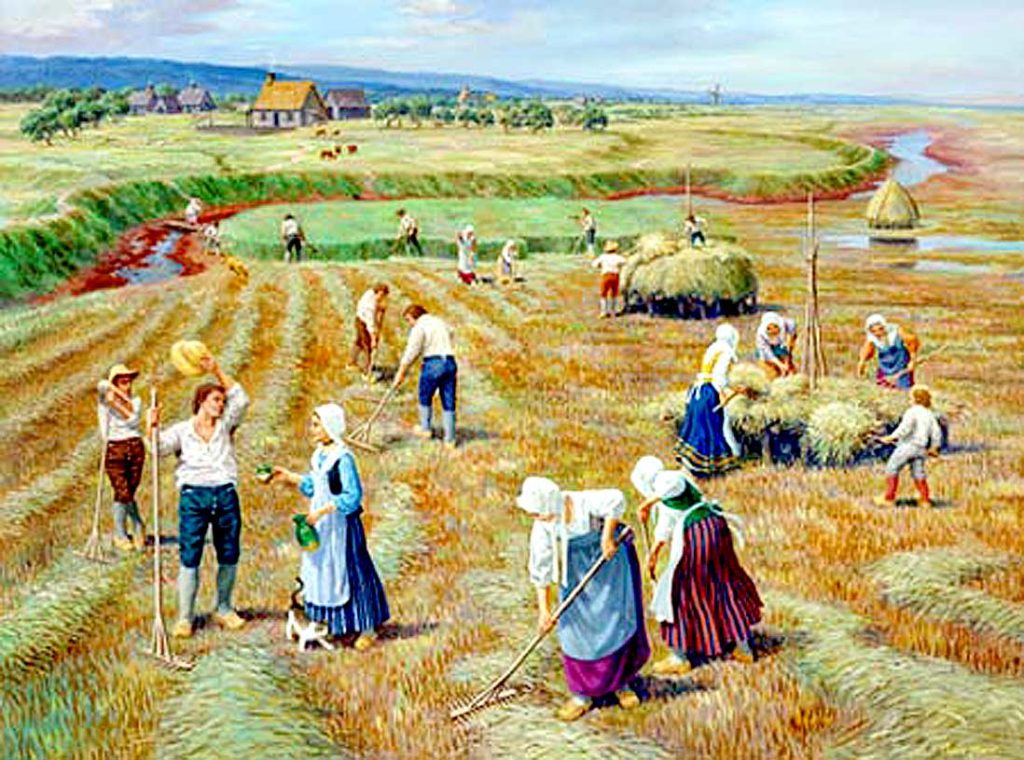
Early Settlers
The first settlers that came to America focused on growing crops like fruits and vegetables to eat and cotton and tobacco to sell. Once these efforts were successful, people had more free time for leisurely activities so they began planting ornamental horticultural plants like flowers and shrubs.
18th Century – Williamsburg, Virginia is a Hub for Gardening
Williamsburg is a small town known for its luscious gardens and boxwoods. The gardening style is characterized by organization and symmetry, with no attempts to recreate the natural landscape. However, not all Williamsburg residents gardened; most people did not consume a lot of vegetables during this time, so raising animals seemed like a more viable option than growing vegetables.
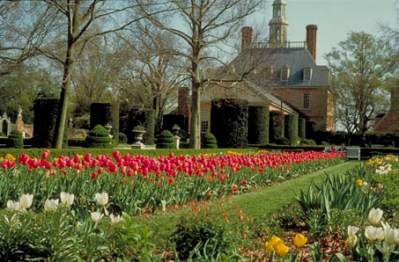
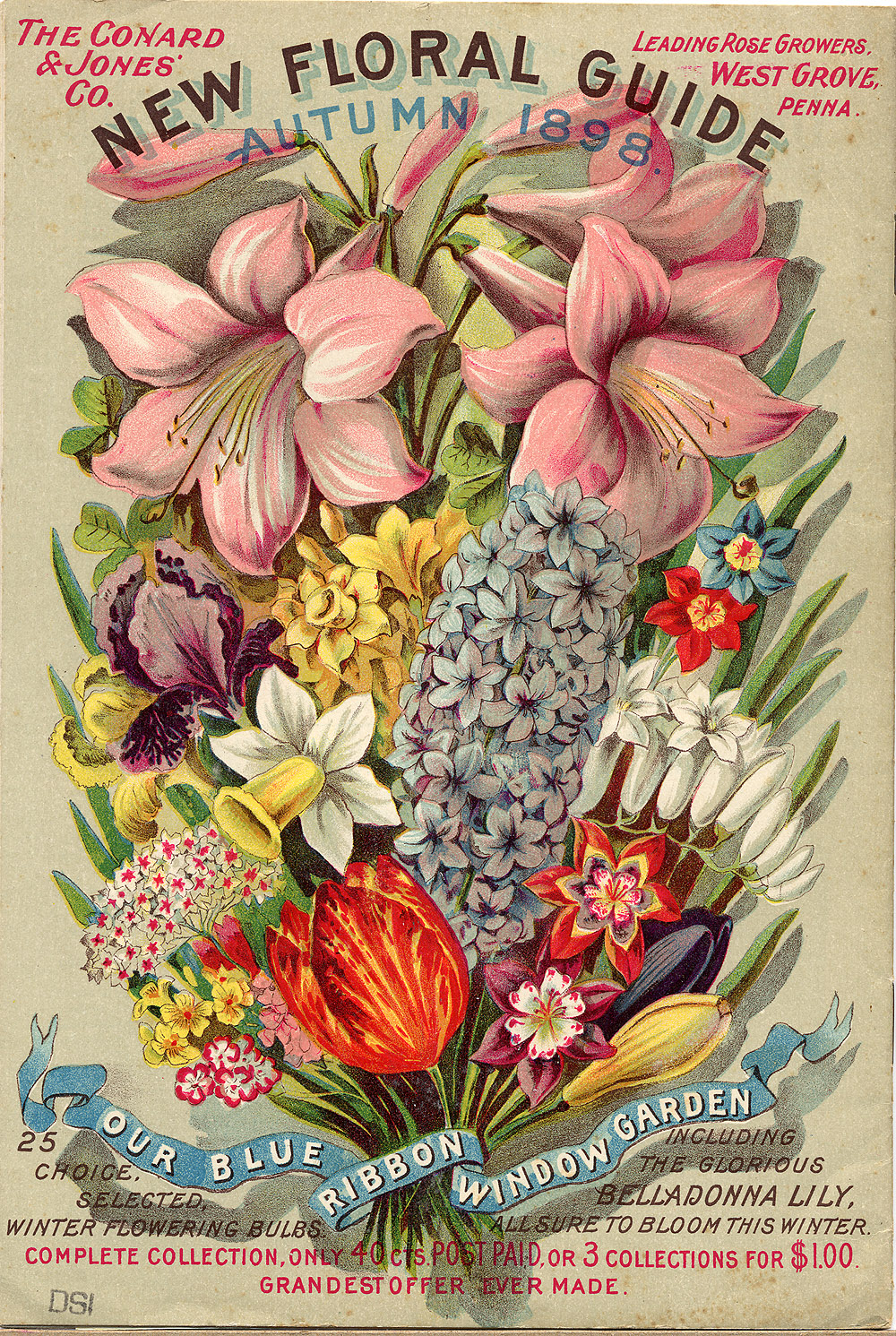
1737 – The Nursery Industry is Born
Robert Prince, of Flushing, New York, opened the first nursery in the United States in 1737— Linnaean Botanic Garden and Nurseries. Prince was planning for his nursery long before that and he had been growing plants for his own personal use. During the 1720’s, Prince wrote letters to sea captains asking for their help obtaining new plants from abroad.
Efforts by Prince and other nursery pioneers made it possible for consumers to acquire new unique plants. During this period of time, only 1/4 of the plants used in gardens and landscapes in the U.S. were native plants. 1/2 of the plants present were of Asian origin and the remaining 1/4 of plants were of European origin. Prince Nursery was managed by four generations of the Prince family until it eventually closed around 1865. The second generation owner of the Nursery was William Price, who is considered to be the founding father of the nursery industry because he turned his father’s nursery into a true business.
1812 – Gardening is Found to Have Medicinal Value
Dr. Benjamin Rush, a physician and University of Pennsylvania professor, publishes his findings from a study involving gardening as part of a patient rehabilitation program. Dr. Rush found that patients suffering from mania whose treatment involved gardening had a higher rate of recovery than those patients who did not garden. Today, it is known as horticultural therapy and is used more in many other fields of medicine. Gardening programs are also effective prison rehabilitation programs.
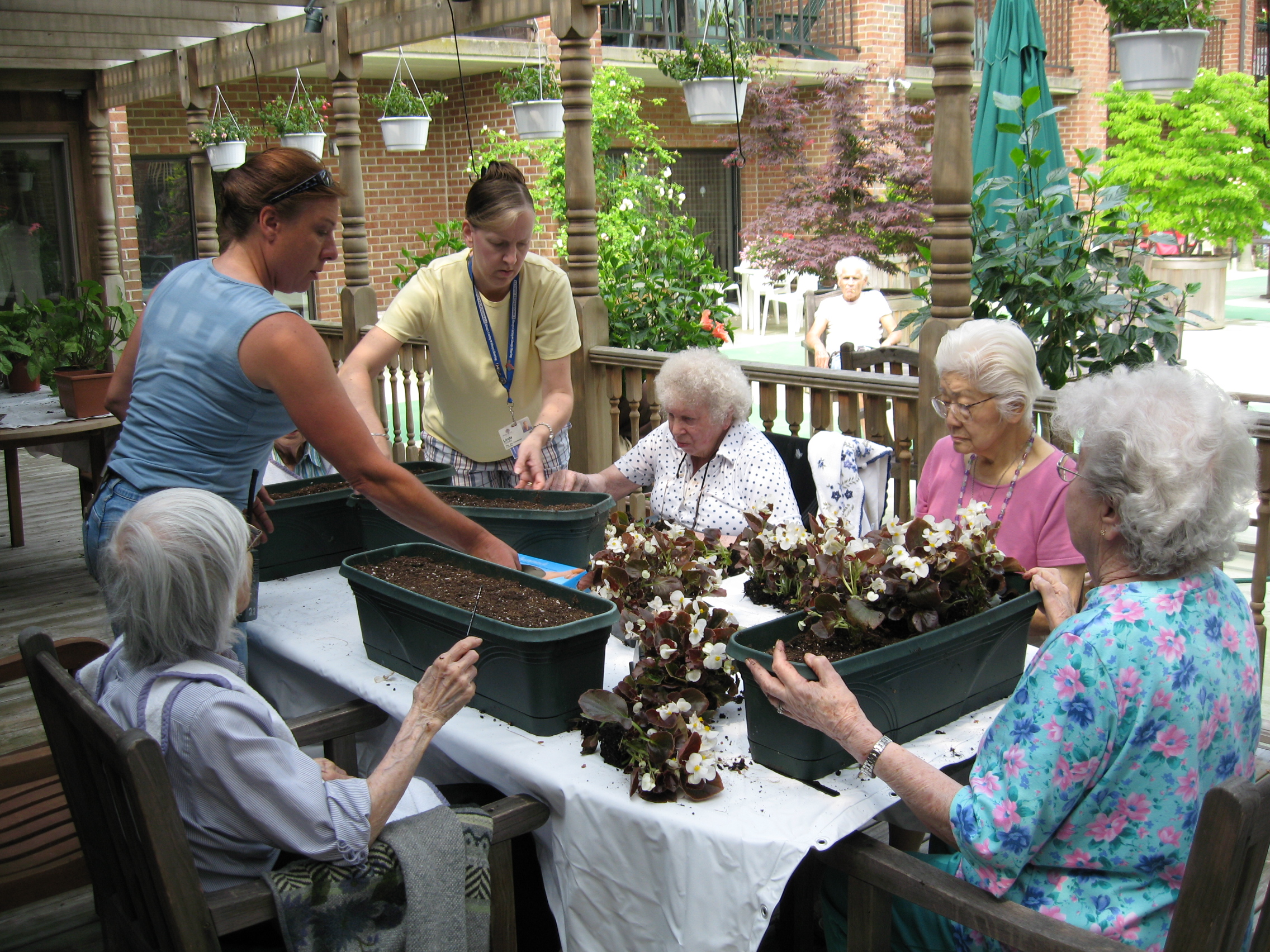
1829 – The Massachusetts and Pennsylvania Horticultural Societies are Established
Shortly after, the Massachusetts Horticultural Society holds a meeting to discuss the inclusion of women in the organization. The members claimed that women should not be given any horticultural honors because of the troublesome history of women and gardens since the time of Adam and Eve.
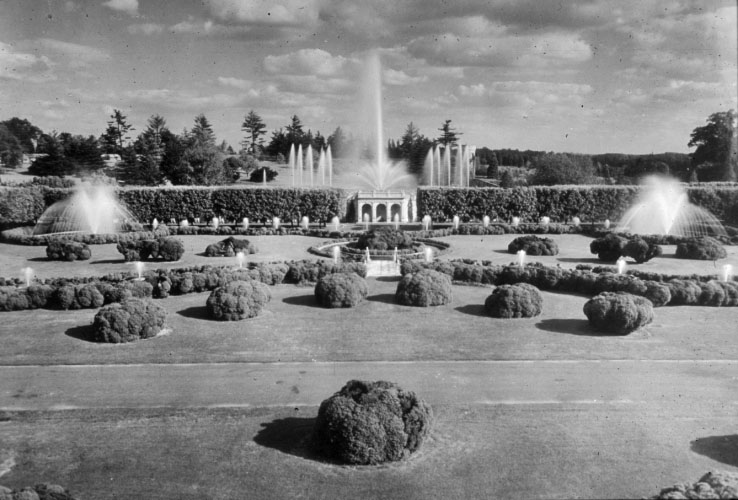
1850 – Private Plant Collections are Opened to the Public
Large, private collections of plants started opening up for public viewing as early as 1872. Arboretums and Botanical Gardens started opening across the country, each displaying predominantly ornamental plants.
1872 – The First Arbor Day is Celebrated
Julius Sterling Morton founded Arbor Day. He is responsible for the first celebration, held in Nebraska in 1872. Over one million trees were planted on that day. Originally, fruit trees were used, but the idea of planting ornamental trees quickly caught on and outnumbered the amount of fruit trees planted.
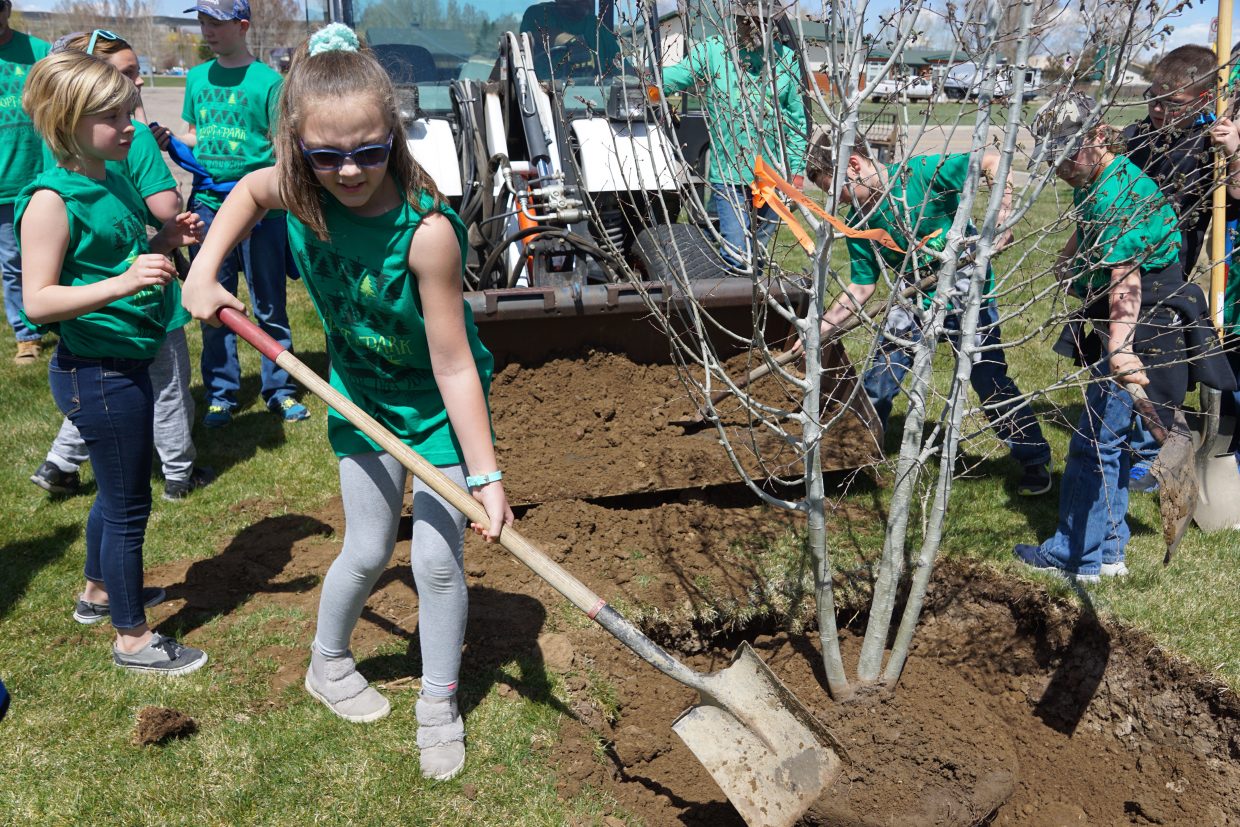
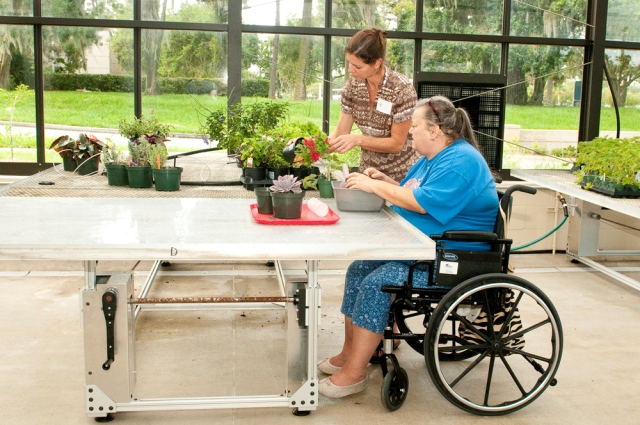
1879 – The First Greenhouse for Patient Rehabilitation is Built
The Friends Hospital of Philadelphia is the first hospital in the United States to construct a greenhouse for patient rehabilitation. Gardening has been found to improve cognitive functioning and quality of life for patients. The activity increases physical and social activity, helps patients relate to nature, and invokes an intense sensory experience.
1880 – Women Play a Larger Role in Horticultural Societies
Massachusetts Horticultural Society begins allowing women to have active roles in the organization. This meant that women were now allowed to speak in front of the organization and present papers.
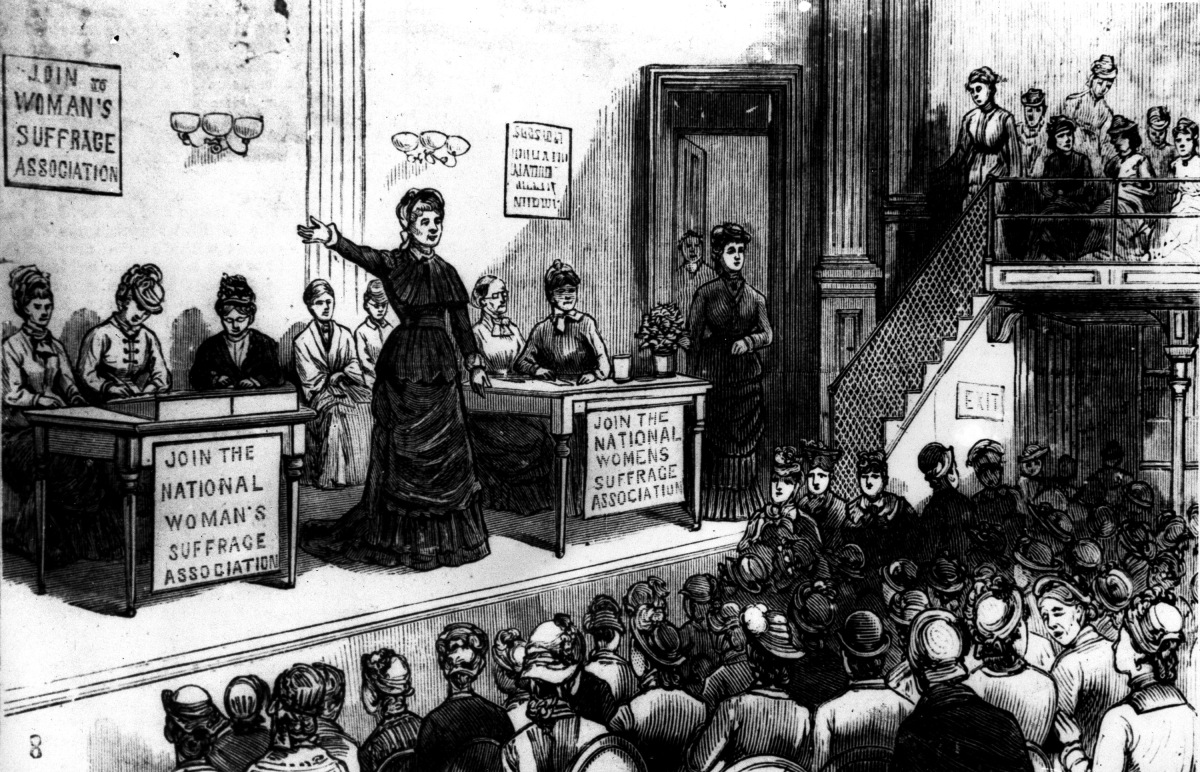

1862 – The Morrill Act is Passed
The Morrill Act (1862), sponsored by Justin Morrill (Congressman, VT) was signed into law on July 2, 1862. The act was officially titled “An Act Donating Public Lands to the Several States and Territories which may provide Colleges for the Benefit of Agriculture and the Mechanic Arts.” Sixty-nine colleges were funded by land-grants, including Rutgers University’s Cook College (now known as the School of Environmental and Biological Sciences).
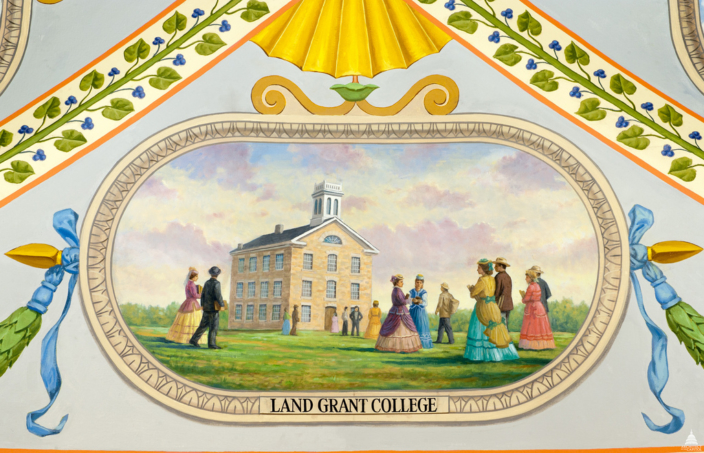
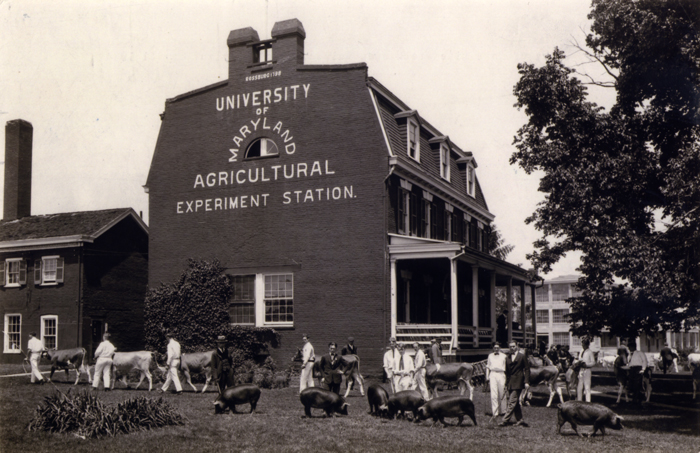
1887 – The Hatch Act is Passed
The Hatch Act (1887) established Agricultural Experiment Stations in connection with state land-grant institutions. The act encourages the experiment stations to conduct original research, investigations, and experiments that benefit farmers or the agricultural industry. This helped make scientific information available to the public. Originally, growing methods were communicated by word of mouth or articles from experienced “growers.”
Early 20th Century
Women’s passion for gardening clubs is possibly one of the most influential reasons why ornamental horticulture gained so much public interest. Unlike the formal Horticultural Societies, gardening clubs were open to both men and women. The clubs provided an opportunity for people to come together and share their interest in growing plants in a relaxed setting. However, women were much fonder of the gardening club idea than men, so they took over the planning and work!
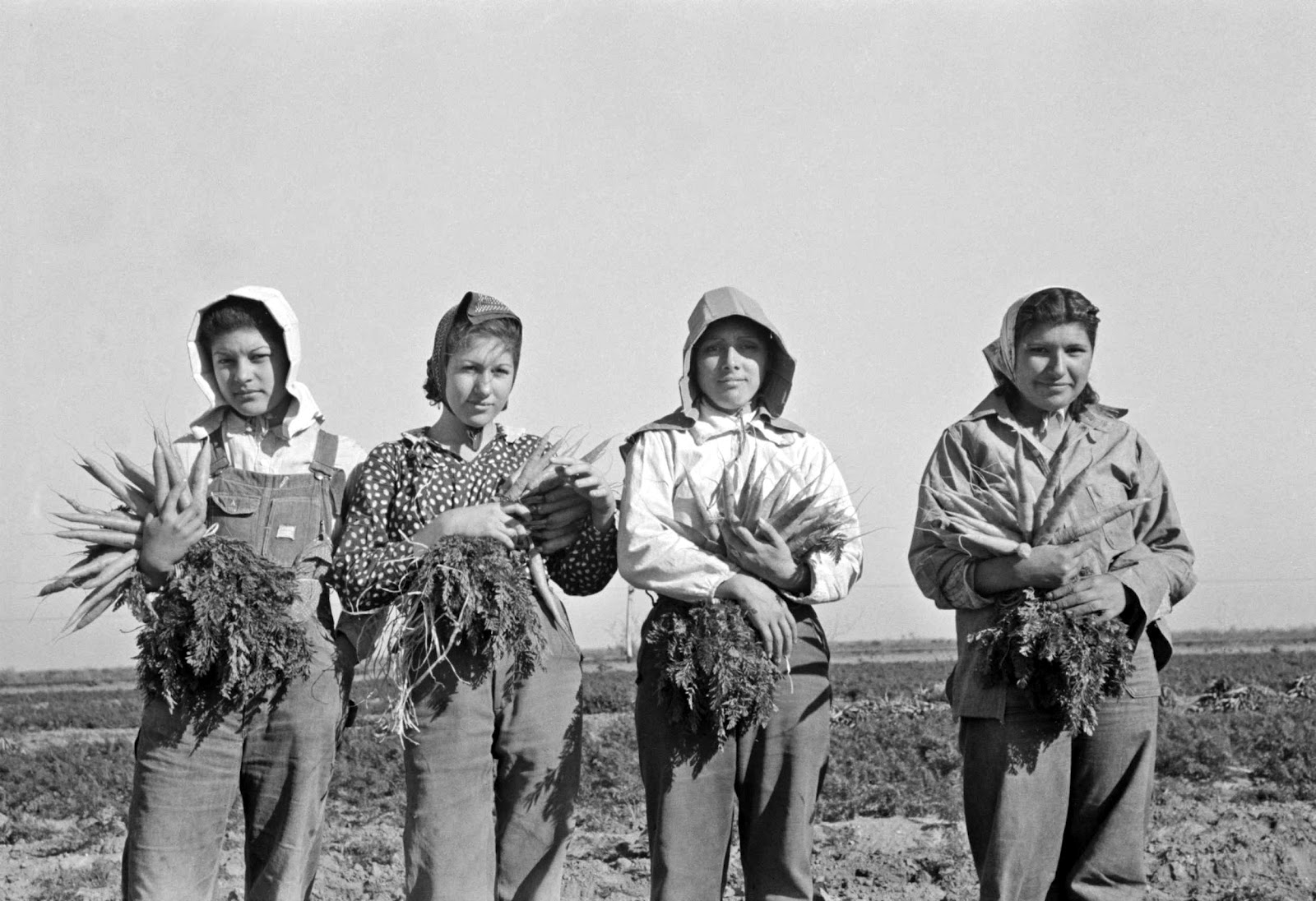
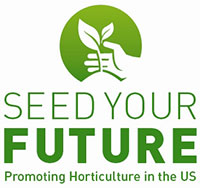
1903 – American Society for Horticultural Science is Established
Liberty Hyde Bailey founded the American Society of Horticultural Science (ASHS) in 1903 and served as president from 1903-1905. Bailey is known as the “Father of American Horticulture” because of his work to remove barriers between botany and horticulture.
1941 – “Don’t you know there’s a war going on?“
After Japan’s attack on Pearl Harbor, the United States officially entered WWII and quickly mobilized the economy. As millions of Americans went off to serve their country, jobs became plentiful and unemployment decreased. Even women and other workers previously excluded by discrimination were able to enter the workforce and earned a decent salary. Productivity rapidly increased with output.
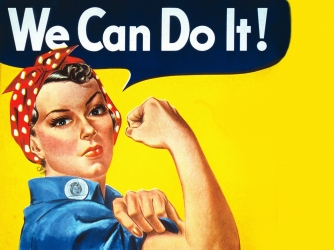
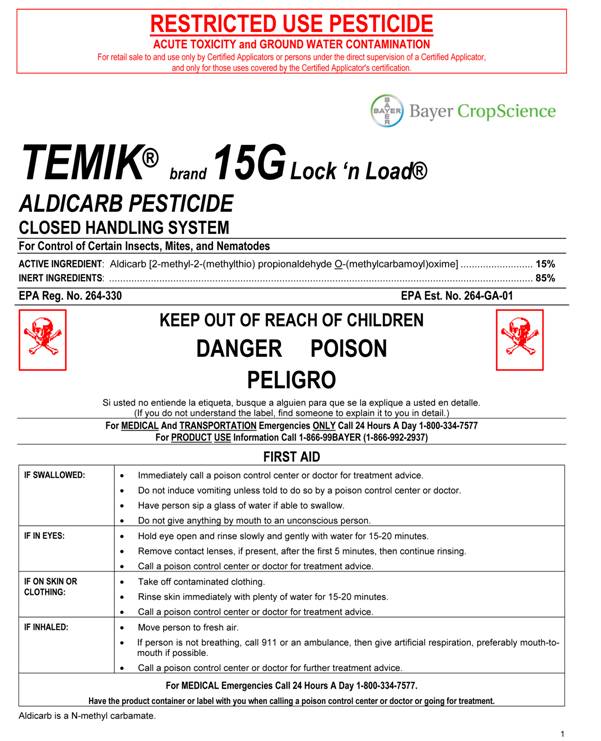
1947 – The Federal Insecticide, Fungicide, and Rodenticide Act (FIFRA) is Passed
The Federal Insecticide, Fungicide, and Rodenticide Act establishes pesticide regulations in the United States. According to the US EPA, a pesticide is defined as “any substance or mixture of substances intended for preventing, destroying, repelling, or mitigating any pest, or intended for use as a plant regulator, defoliant, or desiccant, or desiccant, or any nitrogen stabilizer.”
Pesticide products for sale in the U.S. must be registered with the USDA, have an appropriate label, which indicates the products intended use and proper dosage, and the hazards associated with the product.
1950’s – The Golden Age of Pesticides
Synthetic pesticides have been in use since the 1930’s in U.S., but following WWII the chemicals became very prevalent. Pesticides became a modern practice for growing crops because it increased yield, cheaper food prices for consumers, and protected crops from insects and diseases. With many new beneficial chemicals entering the market, consumers and regulators did not see any risks associated with their use (yet).
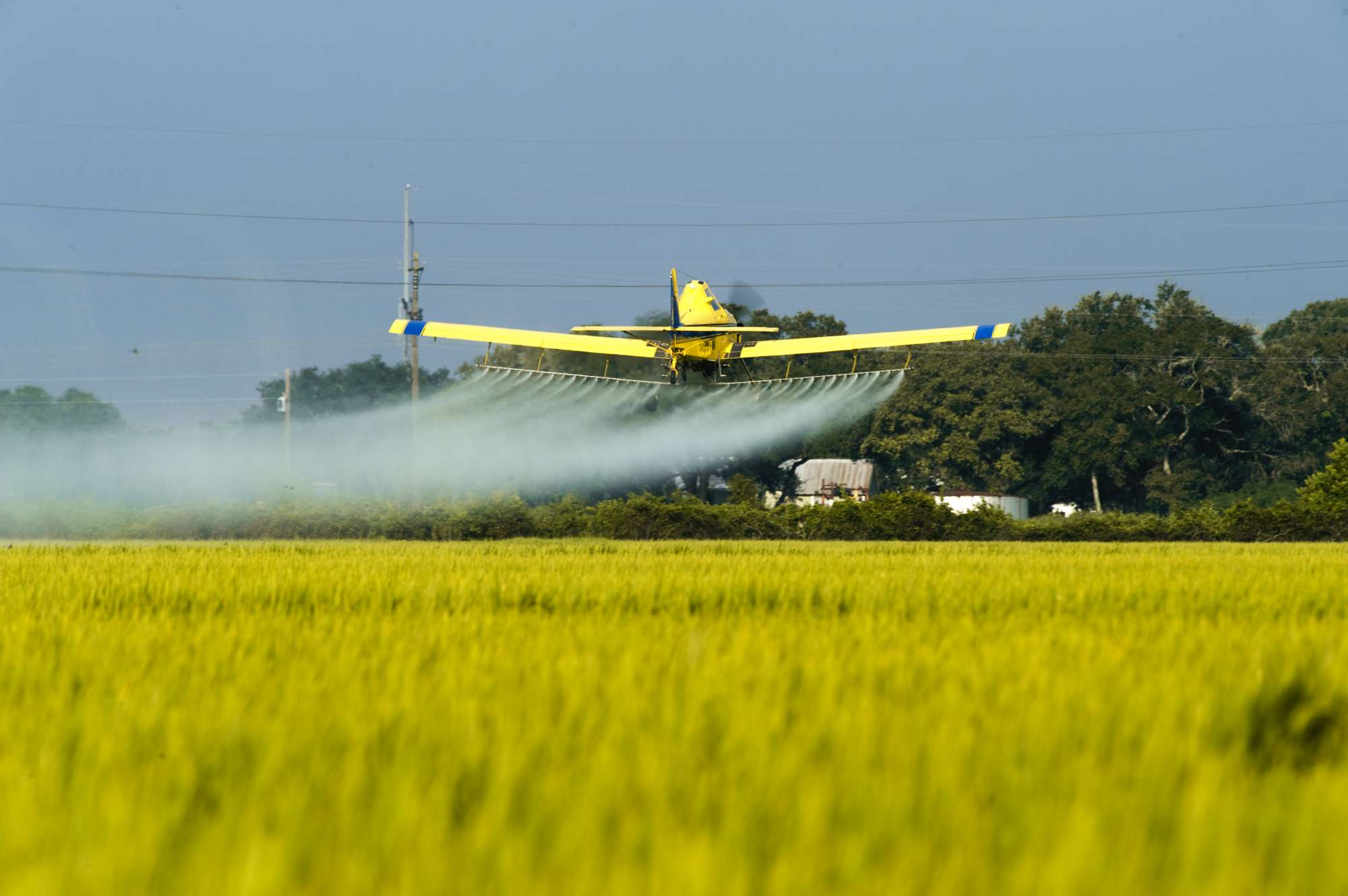
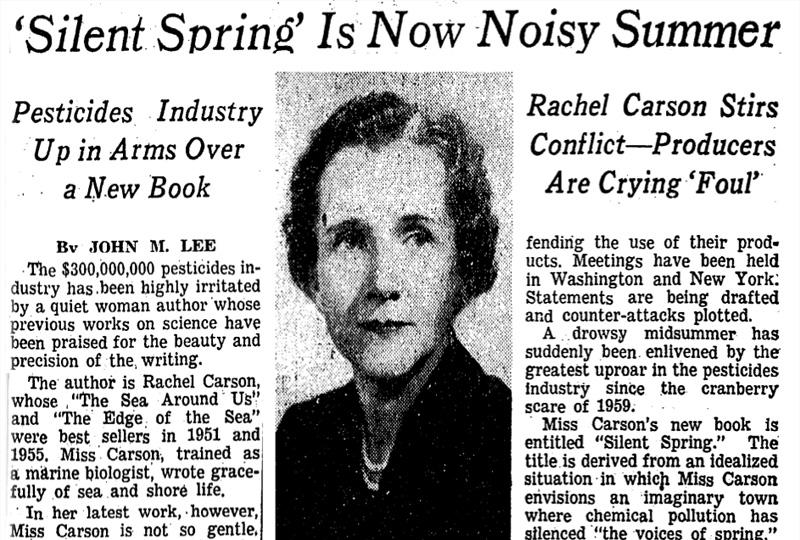
1962 – Silent Spring is Published
Rachael Carson’s Silent Spring sparks the movement for environmental changes in the United States. The book illustrates the devastating effects of DDT on the environment, humans, and wildlife.
In 1963, President Kennedy announced at a televised press conference that the USDA and the Public Health Service would be investigating the potential for pesticides to cause human illnesses. President Kennedy also calls for the creation of the President’s Science Advisory Committee to study the environmental (and health) risks of pesticide use. President Kennedy was very fond of protecting the environment; he had even read some of Carson’s other books. The Kennedy administration supported Carson’s message in Silent Spring and even tried to help publicize her work.
1964 – Air-Inflated Double Polyethylene Greenhouse Cover is Invented
Dr. William Roberts, a professor at Rutgers University, developed the first air-inflated double polyethylene greenhouse cover. The new cover has a low installation cost, improved insulating properties, and allows more light transmission.
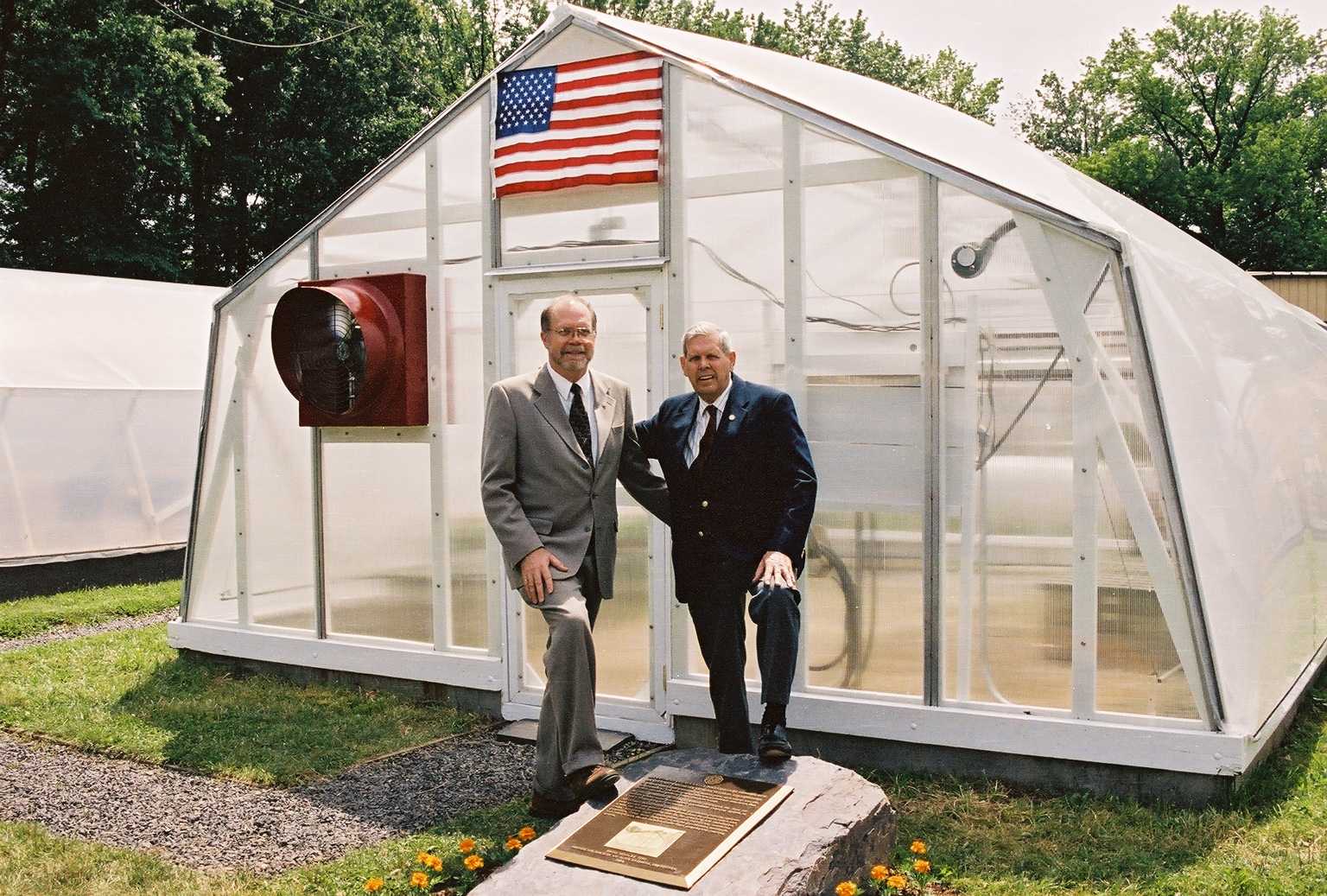
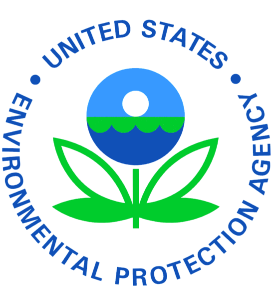
1970 – The United States Environmental Protection Agency (EPA) is Established
In the midst of growing concern about environmental pollution, the U.S. Environmental Protection Agency (EPA) is formed. The Agency is tasked with “creating a cleaner, healthier environment for the American people.” EPA oversees environmental activities including federal research, monitoring, establishing standards, and enforcing standards/regulations.
1980’s – Big Box Stores Begin Selling Plants
Mass merchandisers (big box or chain stores) like Wal-Mart and Home Depot began selling plants in the 1980’s. Plants sold at these store are often cheaper, but the variety and quality of plants is much different compared to independent gardening centers. Big box stores enjoy economies of scale—meaning that they receive discounts when they increase output by buying their products in bulk. Despite considerable competition, local independent gardening centers still thrive.
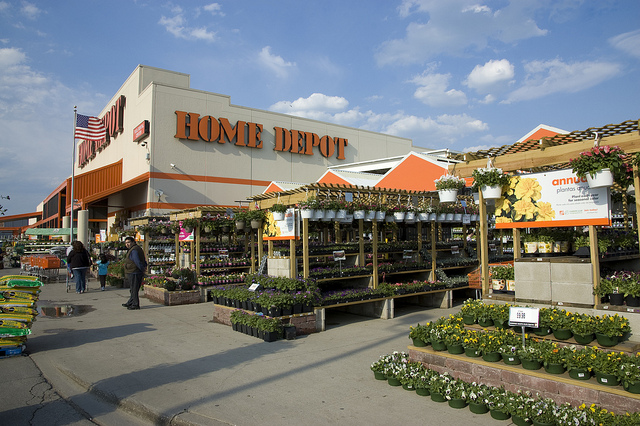

21st Century – The Age of the Internet
The internet has removed the boundaries of time and distance, allowing instantaneous communications and hosting a world-wide marketplace. Information was still communicated before the internet and markets still functioned, but today things are much quicker and reach a larger audience.
Created by Amy Abate. Originally published on June 13, 2018.
To download a copy of the Works Cited, click here.
